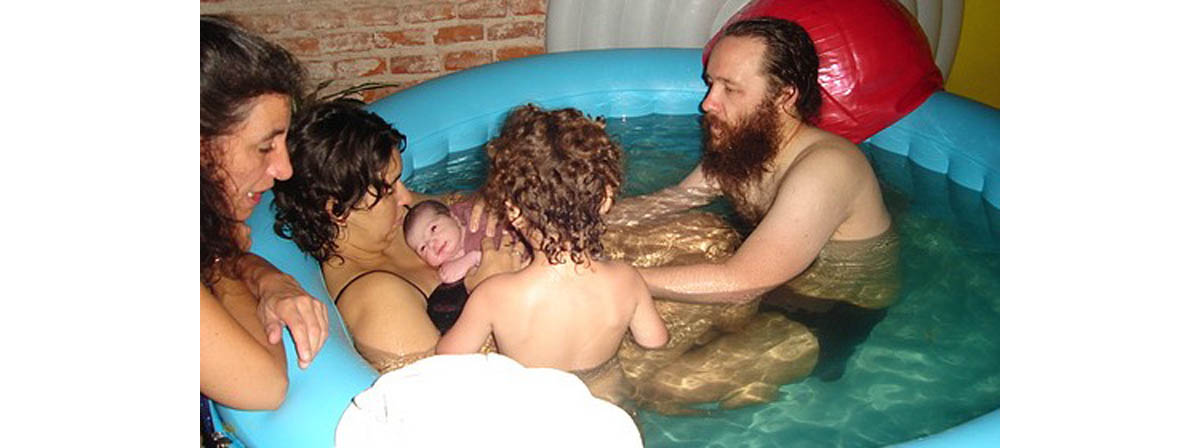Table of Contents
The Benefits Of Labor And Birth In Water
Proponents of waterbirth have a rather long list of purported benefits. They include a more relaxed birthing environment for the mother, less pain (water slows down contractions and acts as natural pain relief), and a feeling of being in control. Mothers can, they say, change positions more easily when they are weightless within the tub.

Waterbirth International, which promotes waterbirths, says that laboring in water reduces maternal blood pressure, reduces the risk of vaginal tearing or an episiotomy, and lowers the c-section rate. Waterbirth is easier on mothers than land birth, they say, and provides a gentle welcome for babies.
But what do real women say? Jenny has one child.
Jenny decided to get out of the tub to give birth. She was restless and had enough of the water, but she says she would labor in a tub again if she had another baby.
Dahlia had a homebirth. The midwife-provided pool was ready for her after she had been in active labor for a while. "The contractions in the tub were definitely less intense than those out," she shares. "I gave birth squatting in the tub."
Gwen gave birth in a hospital, assisted by midwives. She got in the birthing tub even later on in her labor than Dahlia, but will never forget the experience. "I entered the tub when I hit transition," she explains. Just before pushing, in other words.
Women who have waterbirths also often say that their babies were very calm after birth. Some believe that the water forms a more natural transition from womb to world than a land birth does.
Disadvantages Of Waterbirth
Not everyone likes the experience of waterbirth. "I had the option of laboring in a tub, but it didn't help me at all," Nicky said. She said the birth pool was shallow — something that even waterbirth advocates say is dangerous — and that her midwives encouraged her to stay in even when she made it clear she wanted to get out.
The moral of the story? Probably that experiences will vary individually, and that pregnant women want to make sure they won't have to contend with a midwife "pushing" her own agenda while they are pushing their baby out.
Beside the obvious fact that not all laboring women are going to enjoy the experience of being immersed in water, there are some practical difficulties as well. The pool takes a long time to fill and then needs to be maintained at the right temperature for the duration of a mother's stay in the pool. If the pool is too hot, this can lead to overheating issues.
Walking around is one thing that speeds up labor or gets it going, but women who are using a pool do not have this option.
Those who are giving birth in the pool should have their lower body completely immersed. If the baby's head hits the air and then dips back into the water, there is a huge drowning risk. Finally, I have to mention it — the risk of fecal matter at your baby's birth site.
It's completely normal to have a bowel movement during the pushing stages of labor. During a land labor, the clean-up does not cause a lot of problems. I've heard stories of midwives simply "scooping the feces out" during a waterbirth — with a fish net! — as if this could possibly get rid of all fecal matter.
I personally wouldn't want to bath in my own, uhm, bowel movement and I don't like the thought of my baby being there either. So, if an "accident" does occur during labor, it is probably time to get out of the pool.
- Photo courtesy of richie graham by Flickr : www.flickr.com/photos/lincolnlog/20769676/
- Photo courtesy of rabble by Flickr : www.flickr.com/photos/rabble/4417531562/


Your thoughts on this